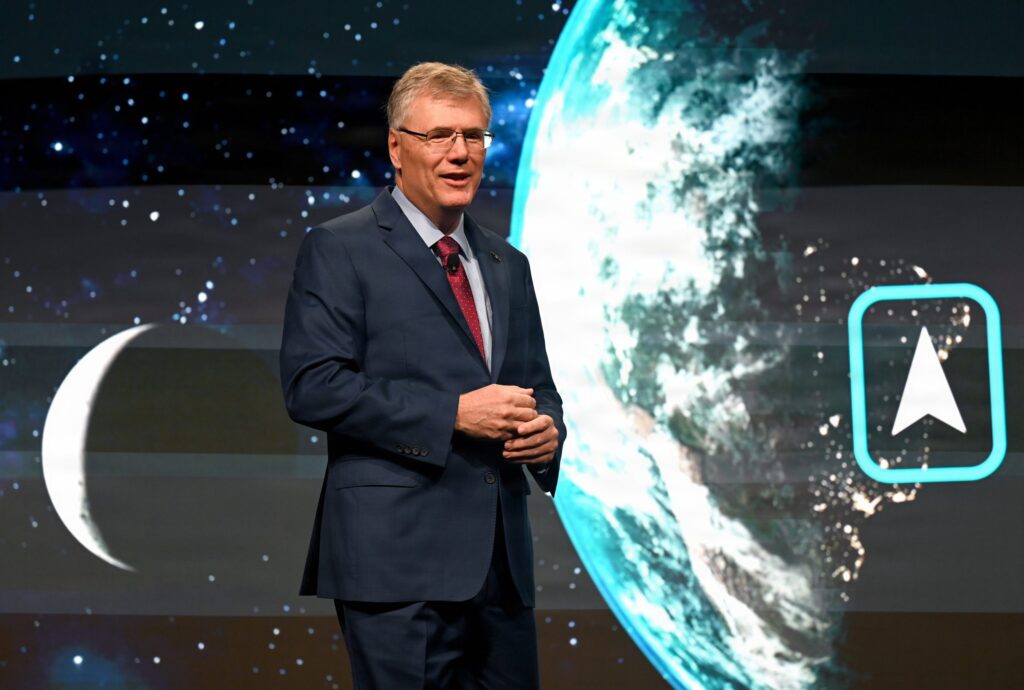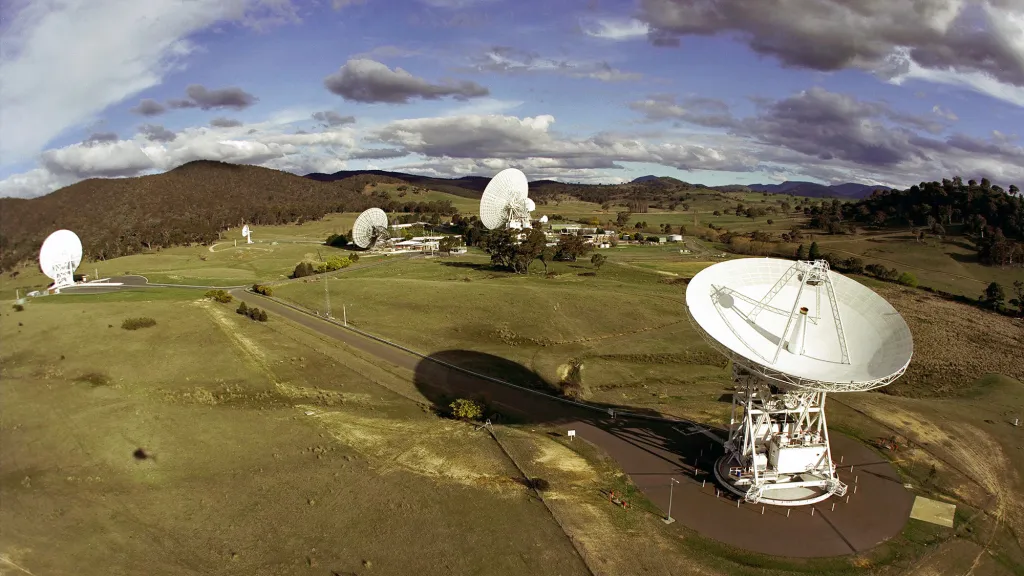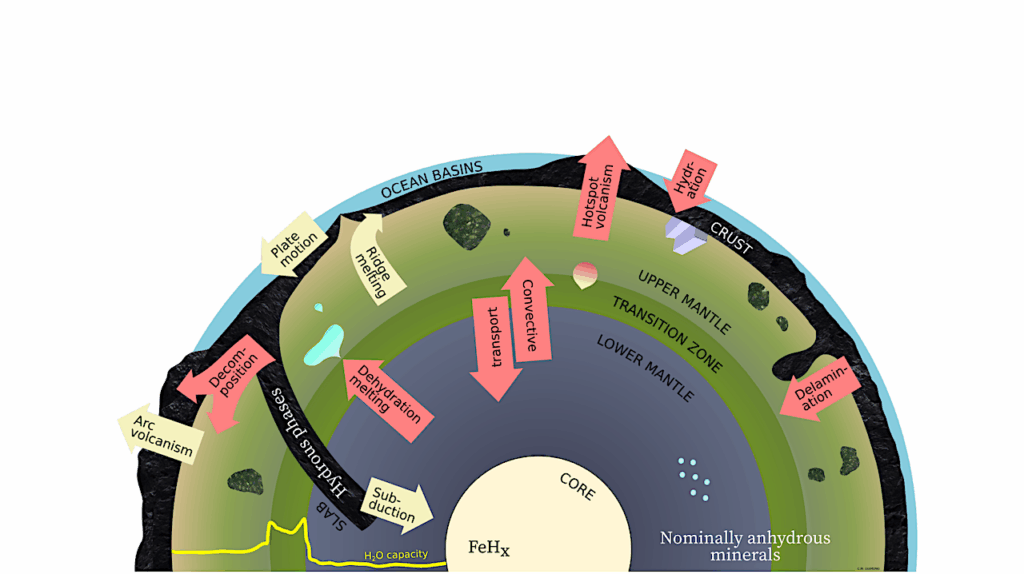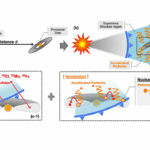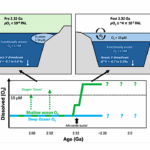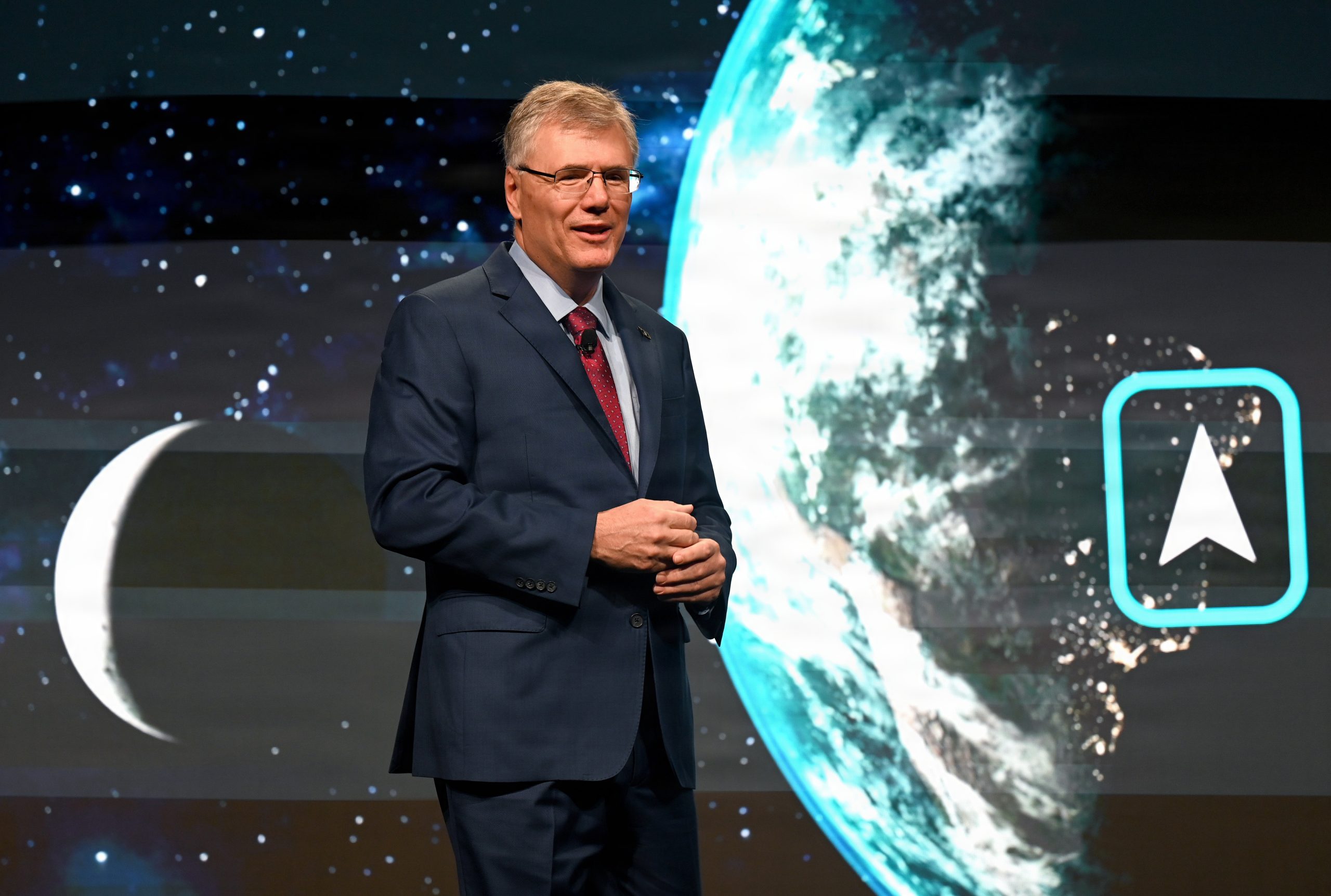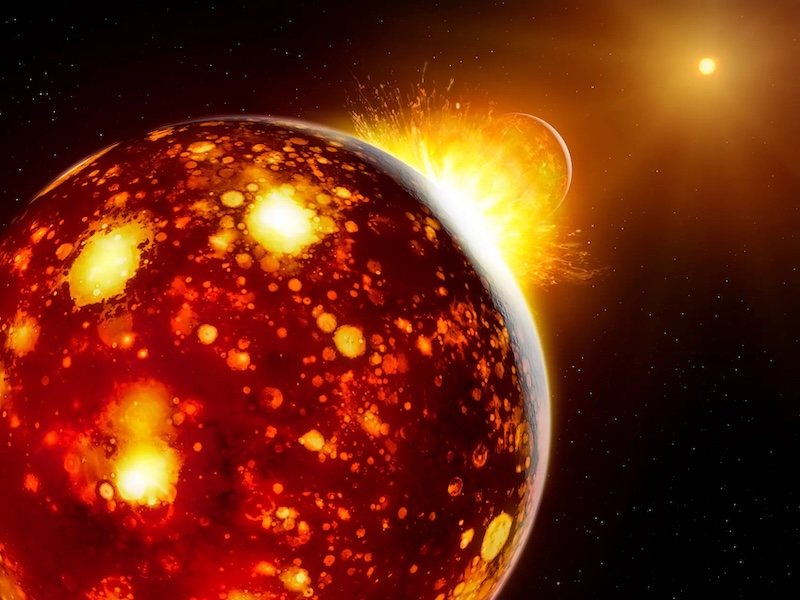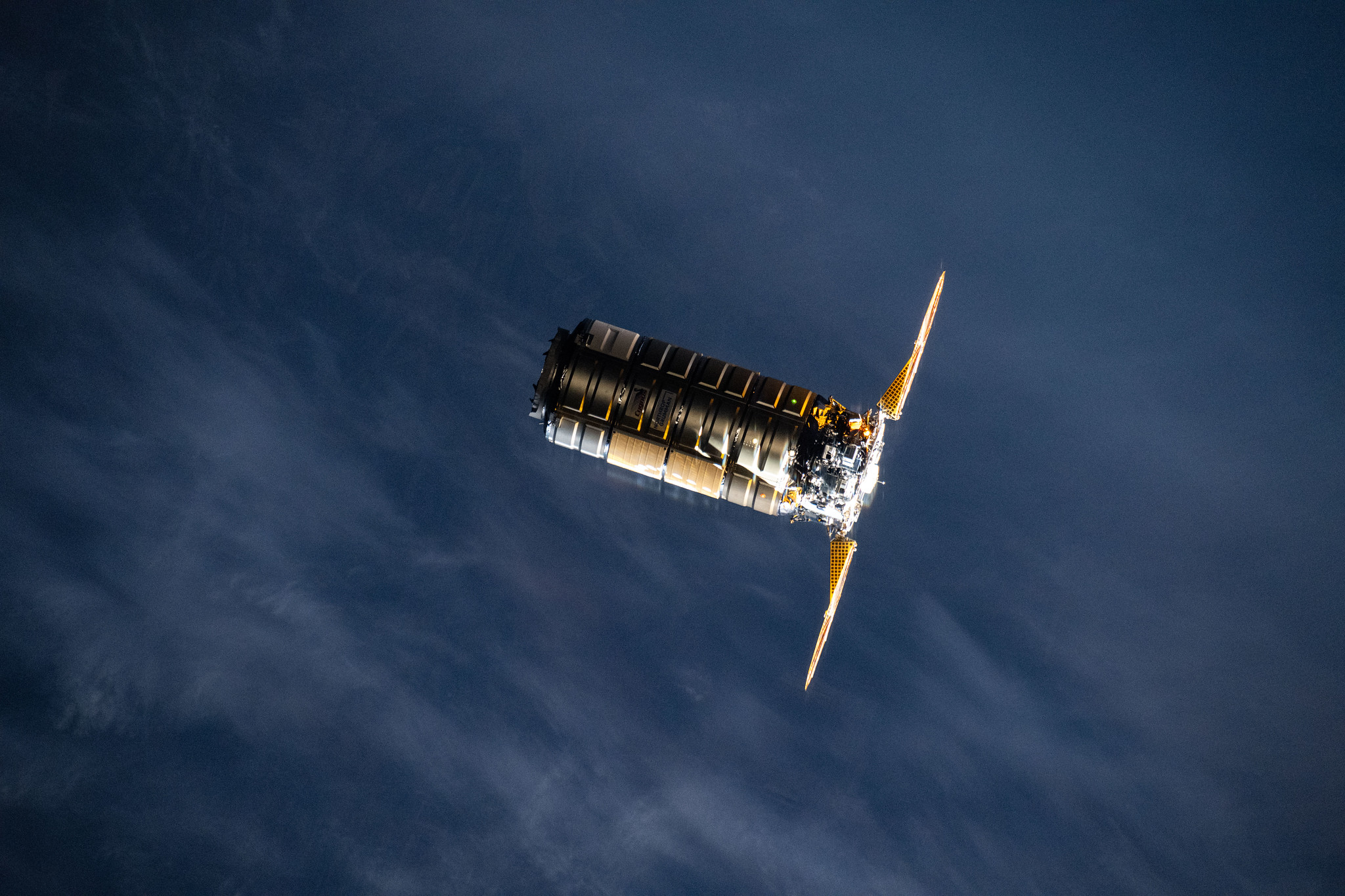View larger. | Theia and Earth collided about 4.5 billion years ago, as depicted in this artist’s concept. The moon then formed out of the chaos. Image via Max Planck
https://earthsky.org/upl/2024/01/ezgif.com-gif-to-webm-converter.webm NASA’s OSIRIS-APEX spacecraft captured this view of Earth as it soared some 2,100 miles (3,400 kilometers) above our planet’s surface on September 23, 2025. For comparison, satellites in low
BREMEN, Germany — NASA has selected Northrop Grumman to provide cargo delivery services to the International Space Station once a spacecraft designed to deorbit the station is installed. NASA issued
BREMEN, Germany — The European Space Agency and its supporters will find out in the next two days how successful they have been in convincing European governments to significantly increase
Senior officials and ministers are convening in Bremen, Germany, for the European Space Agency’s Ministerial Council on November 26 and 27. This crucial meeting will focus on establishing the agency’s
In the documentary, a significant weight is placed on testimonies from individuals who once occupied high positions within government programs related to unidentified aerial phenomena (UAP). These individuals include former
Scientists working with the James Webb Space Telescope discovered three unusual astronomical objects in early 2025, which may be examples of dark stars. The concept of dark stars has existed
A team of astronomers from the International Center for Radio Astronomy Research (ICRAR) has released new data from an extensive galaxy evolution survey that found a galaxy’s “neighborhood” plays a
WASHINGTON — The U.S. Space Force has begun awarding prototype contracts for space-based interceptors, an early step in the Pentagon’s push to field its planned Golden Dome missile defense architecture.
In the early 1930s, Swiss astronomer Fritz Zwicky observed galaxies in space moving faster than their mass should allow, prompting him to infer the presence of some invisible scaffolding—dark matter—holding
-
 012024 in Review: Highlights from NASA in Silicon Valley
012024 in Review: Highlights from NASA in Silicon Valley -
 02Panasonic Leica Summilux DG 15mm f/1.7 ASPH review
02Panasonic Leica Summilux DG 15mm f/1.7 ASPH review -
 03From Polymerization-Enabled Folding and Assembly to Chemical Evolution: Key Processes for Emergence of Functional Polymers in the Origin of Life
03From Polymerization-Enabled Folding and Assembly to Chemical Evolution: Key Processes for Emergence of Functional Polymers in the Origin of Life -
 04How New NASA, India Earth Satellite NISAR Will See Earth
04How New NASA, India Earth Satellite NISAR Will See Earth -
 05And Thus Begins A New Year For Life On Earth
05And Thus Begins A New Year For Life On Earth -
 06Astronomy Activation Ambassadors: A New Era
06Astronomy Activation Ambassadors: A New Era -
07SpaceX launch surge helps set new global launch record in 2024



